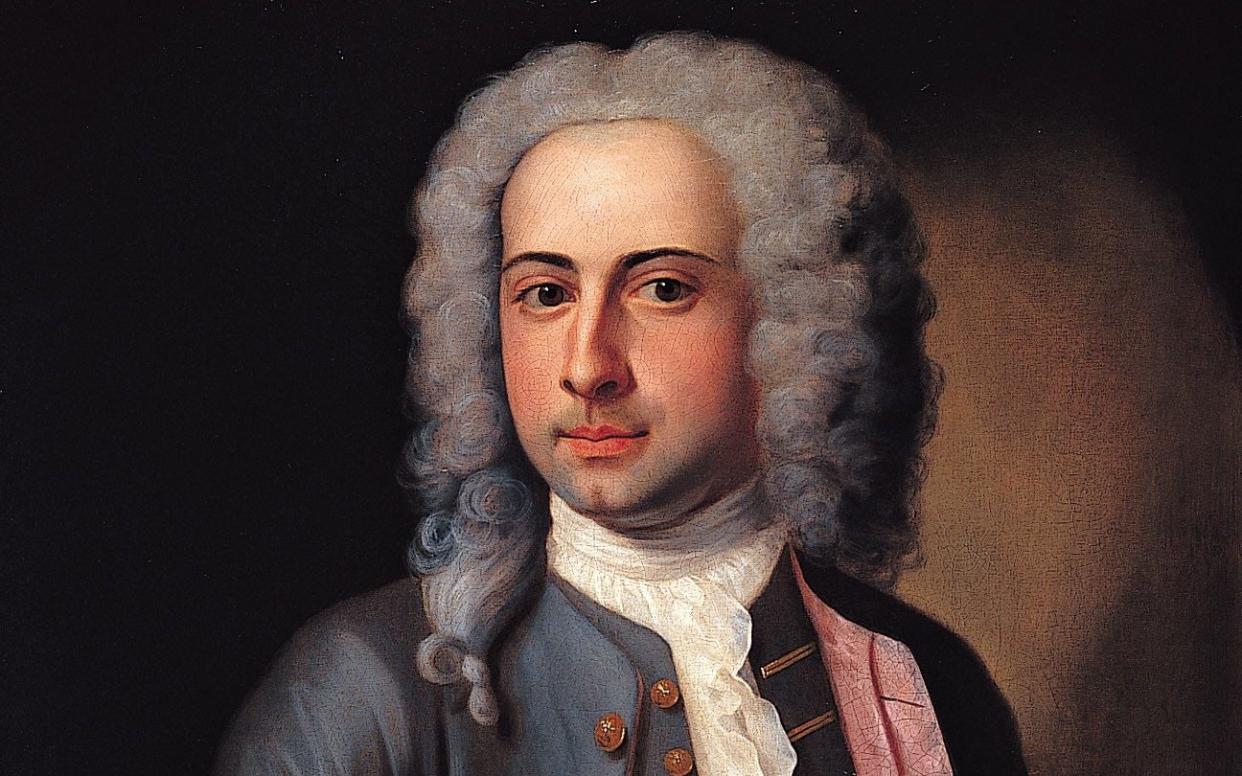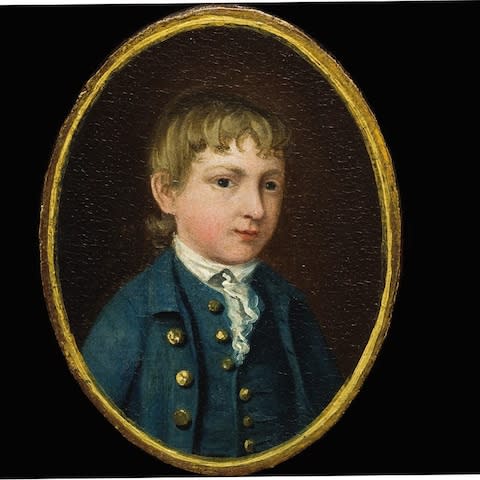Gainsborough discovery: how bequest from murdered uncle set artist on path to fame

Thomas Gainsborough owed his career to a double murder in the family, it has been claimed, after new research unearthed a dastardly tale of gunpowder and poison.
The artist’s uncle and cousin were killed in revenge attacks after being warned not to pursue a debt. In his will, the uncle bequeathed £40 to young Gainsborough, then aged 11, with the proviso that he put it towards a “light handicraft”.
That money was invaluable, as Gainsborough’s father was bankrupt. Two years later, Gainsborough left home for London to train as an artist.
“While traumatic for a young Gainsborough, without these murders and the inheritance passed on to Gainsborough’s father, it is unlikely that Gainsborough would have afforded to train as an artist or indeed travelled to London,” said Mark Bills, director of Gainsborough’s House, the museum and art gallery based at the artist’s birthplace in Sudbury, Suffolk.
“It is extraordinary that despite hundreds of years of studying Gainsborough and numerous biographies, these key aspects of Gainsborough’s family history have only just been uncovered.”
The artist’s uncle and cousin, both called Thomas Gainsborough, were chasing a man named Richard Brock who owed money to the family.
In March 1737, the uncle received a letter warning the pair to drop their pursuit of the debt. “We will come down and blow you up with gunpowder, God damn you,” it warned. There was also a threat to poison them with “a meal that you will not like”. As for the cousin: “We will either shoot him or hang him up in gibbets.”
The anonymous writers said they had been following the cousin and decided against killing him in the street only “for the sake of the poor woman” accompanying him. They threatened: “Revenge is sweet.” Both men wrote wills at this time.
Another letter received in September 1738 contained an even starker warning: the cousin would meet an “ominous end” and gave him a week to leave Brock alone. Records show that he was buried five days after the deadline passed, aged 29, suggesting that he died within hours of its expiry.
Gainsborough’s uncle continued his efforts to recover the debt and exactly six months later a newspaper carried a report of his death in a London pub, the Golden Fleece in Cornhill.
In both cases, the causes of death were not recorded but all the circumstantial evidence points to them being murdered, said Bills.

He discovered the threatening letters, aided by The Art Newspaper, as he prepared for an exhibition focusing on Gainsborough’s early years.
They were quoted in the London Gazette where Gainsborough’s father had made them public in an attempt to catch the gang, offering a £30 reward.
Gainsborough’s uncle played a key role in “shaping the life of the artist and his family through his support and direction”, Bills said, and the deaths “give a context for the artist’s early work”.
The exhibition, Early Gainsborough: From the Obscurity of a Country Town, runs from October 20 - February 17 and features 40 works from private and public collections.
It also sheds new light on a portrait, Mr and Mrs Carter. Gainsborough’s father died in debt to the Carter family, and at least one of the several paintings of them was produced in lieu of monies owed.
In the portrait, Mr Carter is portrayed unflatteringly in a vulgar waistcoat and outdated wig. Bills said: “This new research prompts us to look again at Gainsborough’s subjects and the way they are depicted.”

 Yahoo News
Yahoo News 
